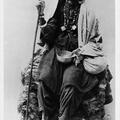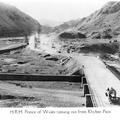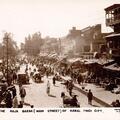Burns Garden Karachi
"After the merciless grind of a rough day," wrote the Sindhi writer and nationalist Ibrahim Joyo (1915-2017) in his short story In the Name of Allah, "how soothing it is to feel the balmy breeze in Karachi's Burns Gardens, especially on a fresh

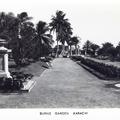

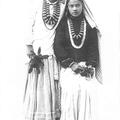
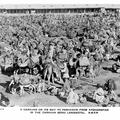
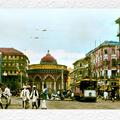
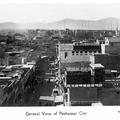
![Dharumtalla [Dharmatala] Road, Calcutta Dharumtalla [Dharmatala] Road, Calcutta](https://www.paperjewels.org/sites/default/files/styles/square_thumbnail/public/slides/dharumtalla-road_0.jpg?itok=sarlOTGT)
